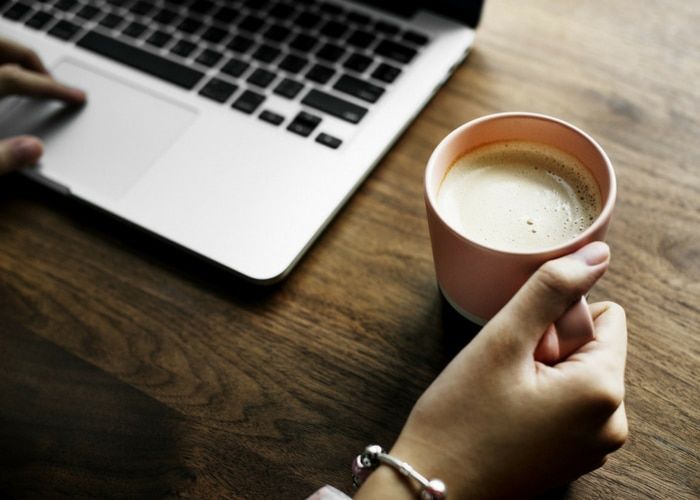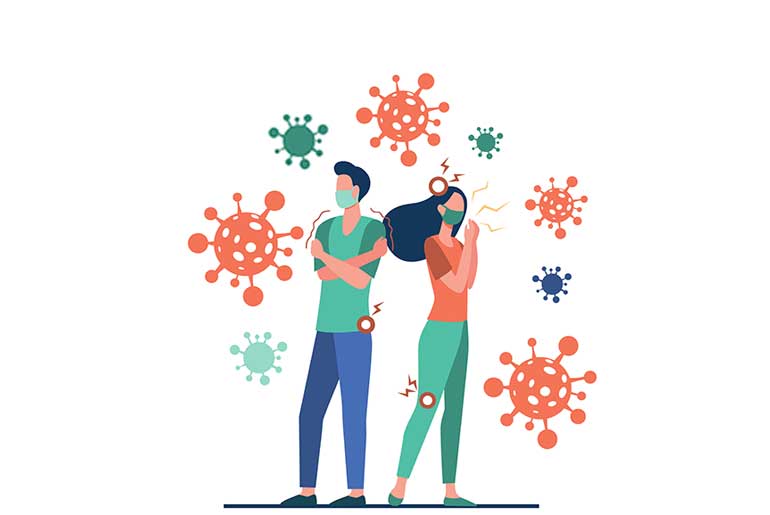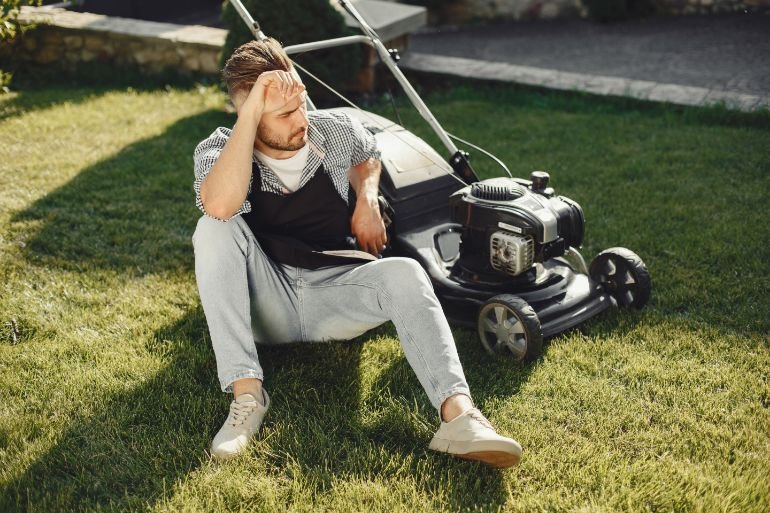How Naps Can Increase Productivity
Naps at work are often seen as a sign on laziness but in actual fact they can help boost your productivity. Not convinced? Amy Highland gives you some great reasons why a quick 40 winks could see you getting more done.

When you think of a person who naps at work, productive is not typically the word you’d use to describe them. But on the contrary, naps can be incredibly effective for boosting productivity, creativity, memorization, and learning. Although naps have traditionally been considered lazy, in reality, they’re your secret weapon for getting ahead.
The Epidemic of Sleeplessness
According to the CDC, one in three adults in the United States doesn’t get enough sleep at night. It’s recommended that adults sleep at least seven hours each night to function at our best.
When you don’t get enough sleep, you feel tired, and your body suffers — and so does your brain. Sleep deprivation can cause:
- A lack of alertness
- Impaired memory
- Stress and conflicts
- Depression
How Naps Perk Up Your Brain
Napping during the day can make up for lost sleep at night and help you avoid deterioration in performance — or maximize your productivity if you’re already feeling relatively alert. In a recent study, taking the right kind of nap was found to have positive productivity effects including:
- Memorization
- Learning pieces of information
- Improved creativity
- Improved perceptual processing
- Improved associative thinking and connections between ideas
- Improved alertness
- Improved perception
- Increased energy
With a nap at work, you can be more productive and effective. You’ll be able to remember information better, make connections between ideas, and come up with more creative solutions. And a nap can help you cut through the mid-afternoon slump, giving you energy instead of sluggishness.

Image Source: Coffee by rawpixel.com on Pexels.com
How to Take an Ultimate Power Nap
Make the most of your rest time at work and take a nap to return refreshed and ready to power through tasks with more energy and improved concentration.
- Sleep where you won’t be disturbed. If you work in an environment that embraces naps with a designated rest area, you’re all set. But if your employer doesn’t have that, it’s up to you to create a peaceful space on your own. Consider booking an empty conference room, locking your office door, or simply going out to your car to take a nap.
- Make your sleeping area ideal for rest. Napping comfortably can be a challenge. Keep a sleep mask and earplugs at the office so you can create a dark, quiet sleep environment. Consider keeping a pillow and blanket for comfort as well.
- Time your nap carefully. A work nap isn’t a free-for-all three hour rest time — it’s a carefully designed refresher that’s meant to help you quickly catch up on sleep and get back to work. Ideally, your nap should be 20 to 30 minutes long. Consider using some of your lunch break time for your nap, and avoid sleeping much longer than 30 minutes, or you’re likely to wake up with sleep inertia. If you truly need a long nap, shoot for 90 minutes, a full sleep cycle.
- Take a caffeine nap. A caffeine nap can offer an effective, quick, and refreshing nap. With a caffeine nap, you’ll drink a cup of coffee before taking a quick nap. The caffeine will kick in while you’re sleeping to help you wake up feeling more alert. This type of nap is a good strategy for the short term. However, avoid drinking caffeine in the afternoon or evening, as this can interfere with falling asleep at night.
- Maintain a regular sleep schedule and bedtime routine. Naps aren’t a replacement for healthy sleep. Make sure you’re scheduling enough sleep at night and practicing good sleep hygiene on a regular basis.












